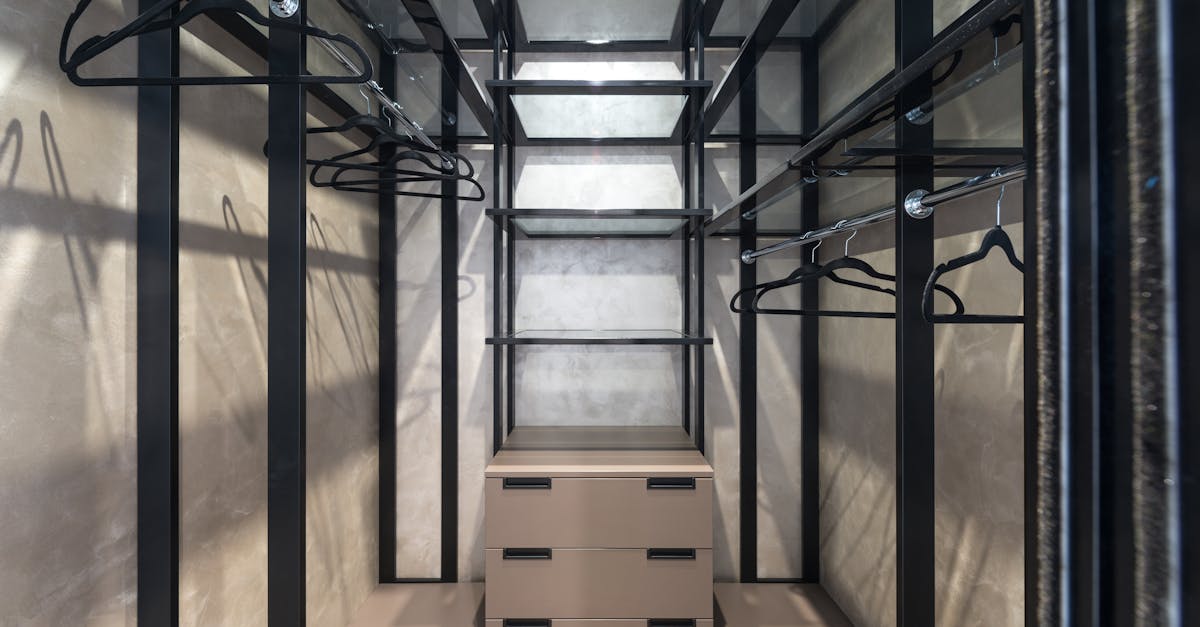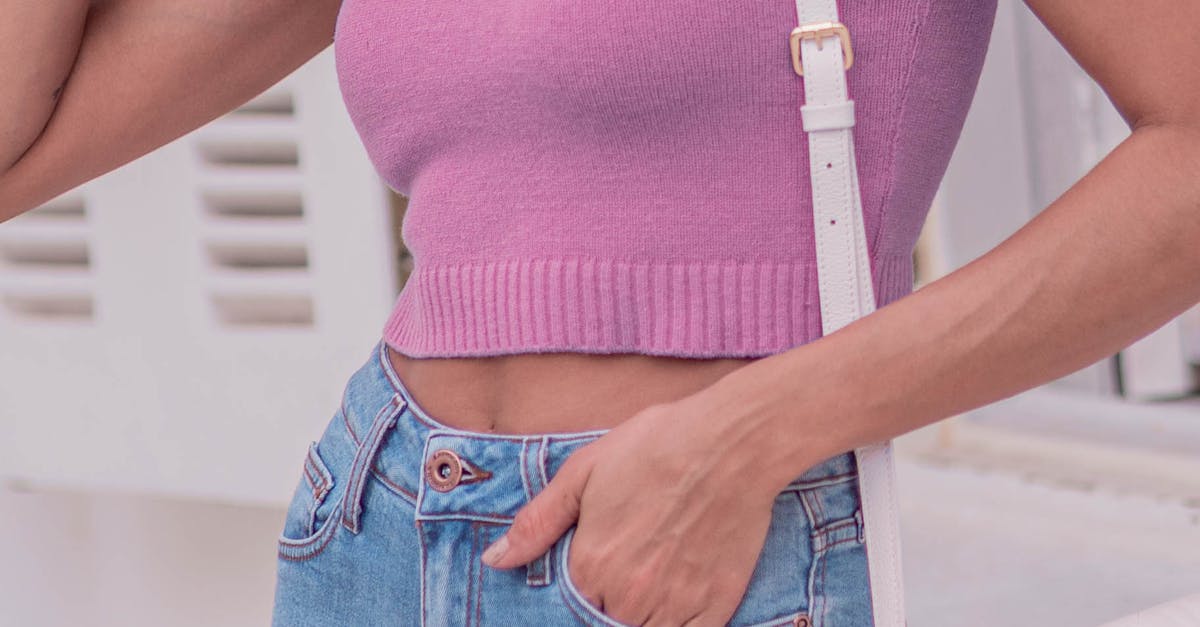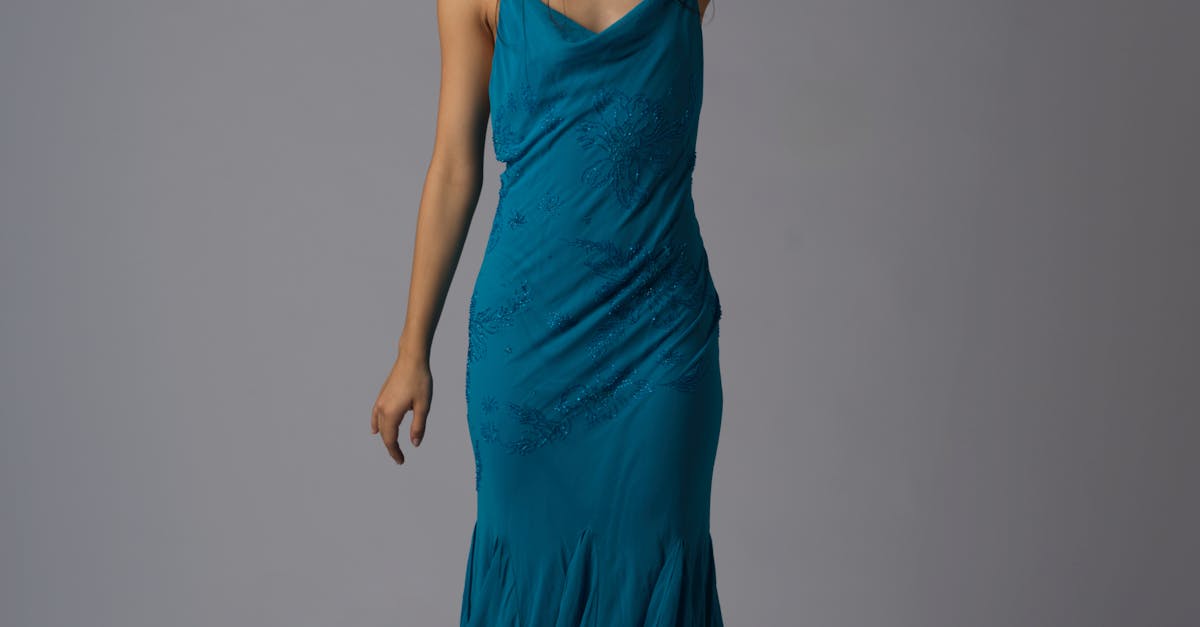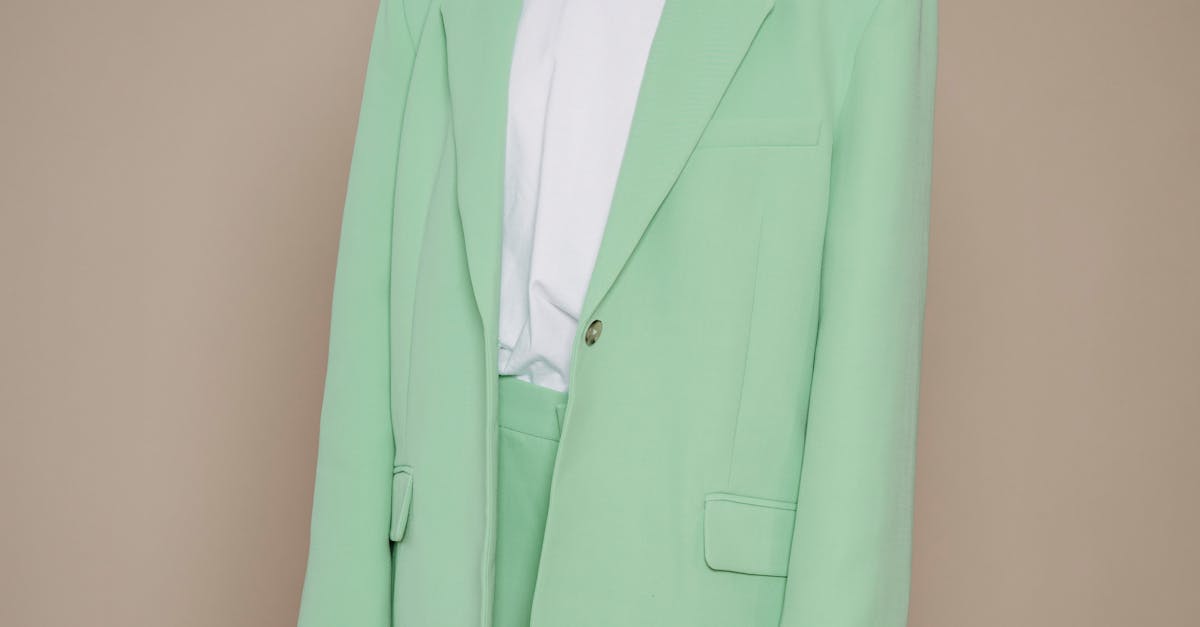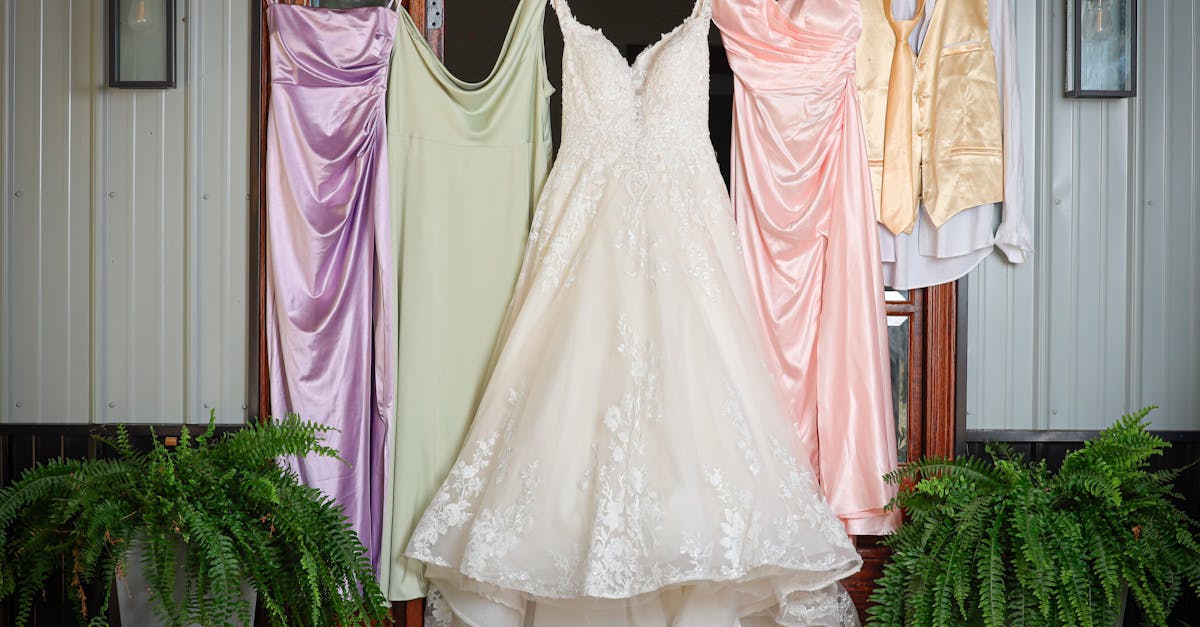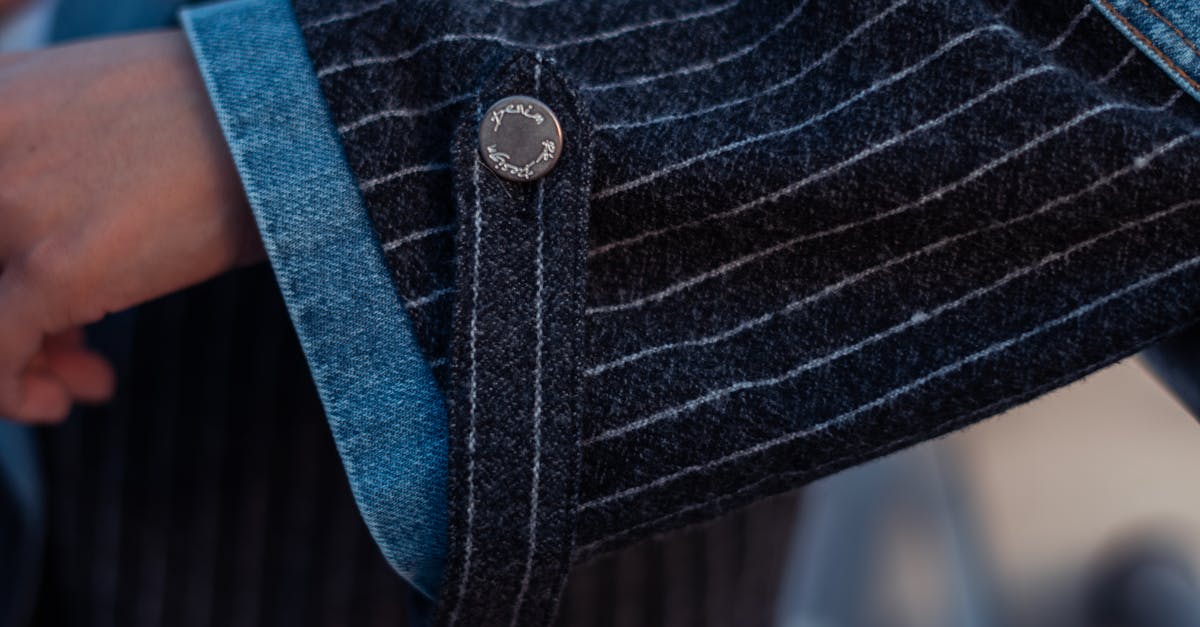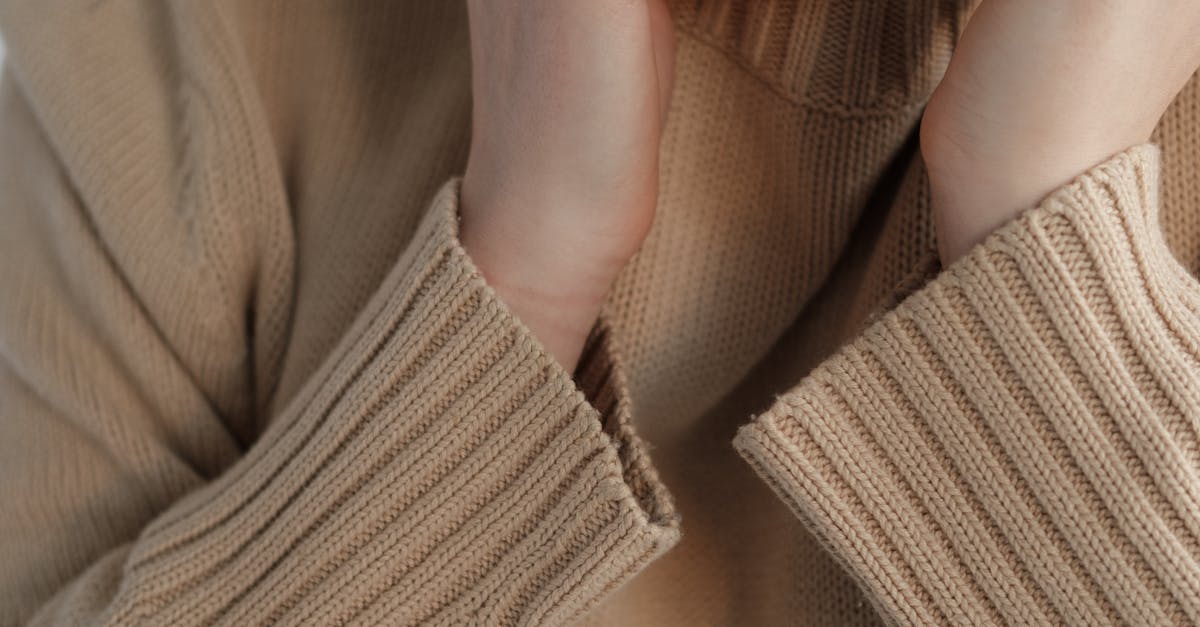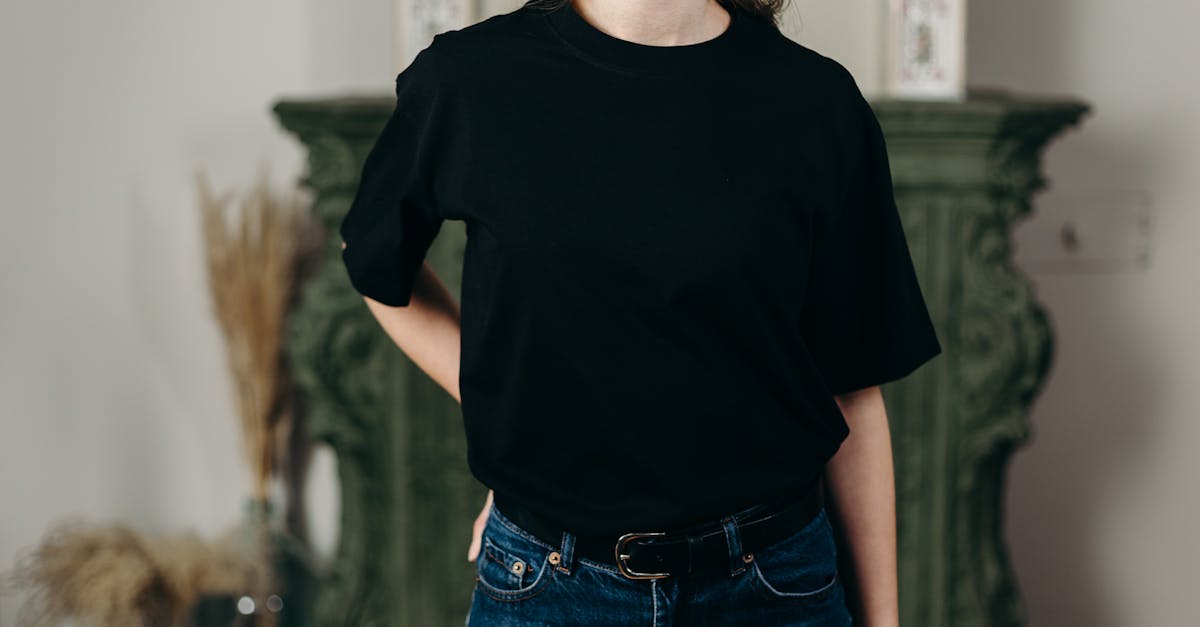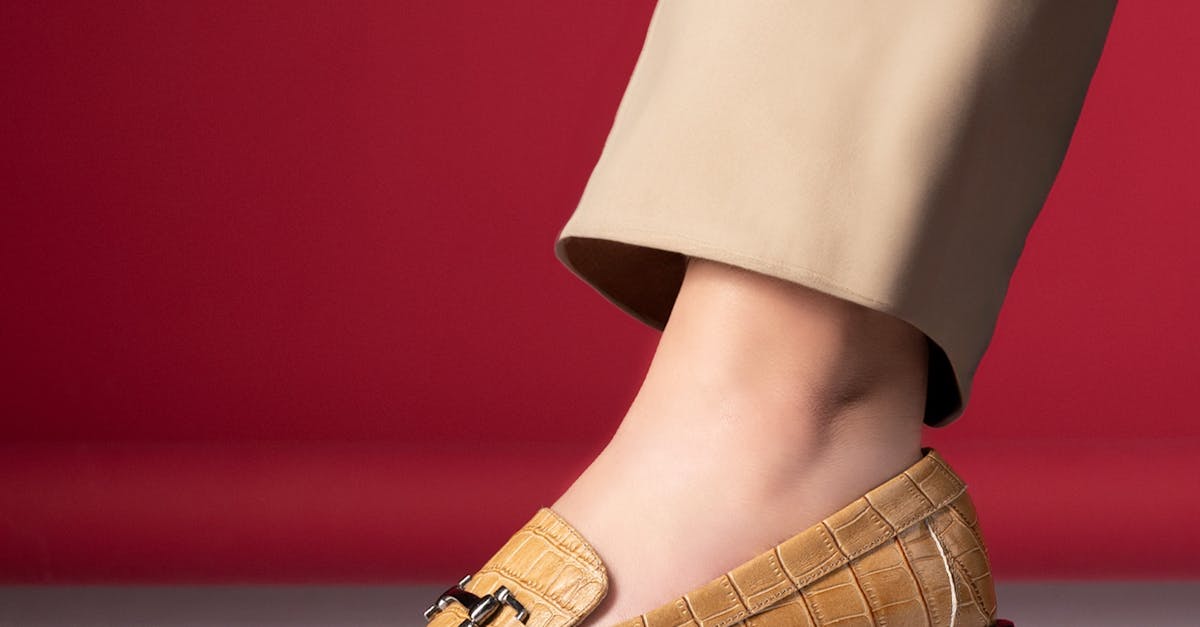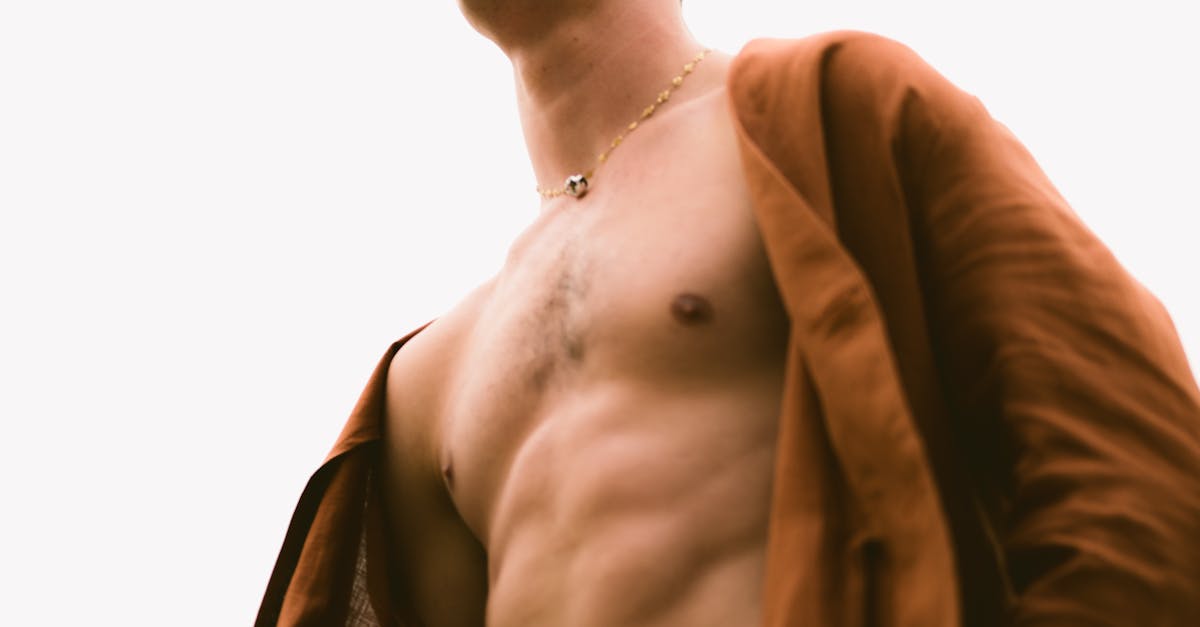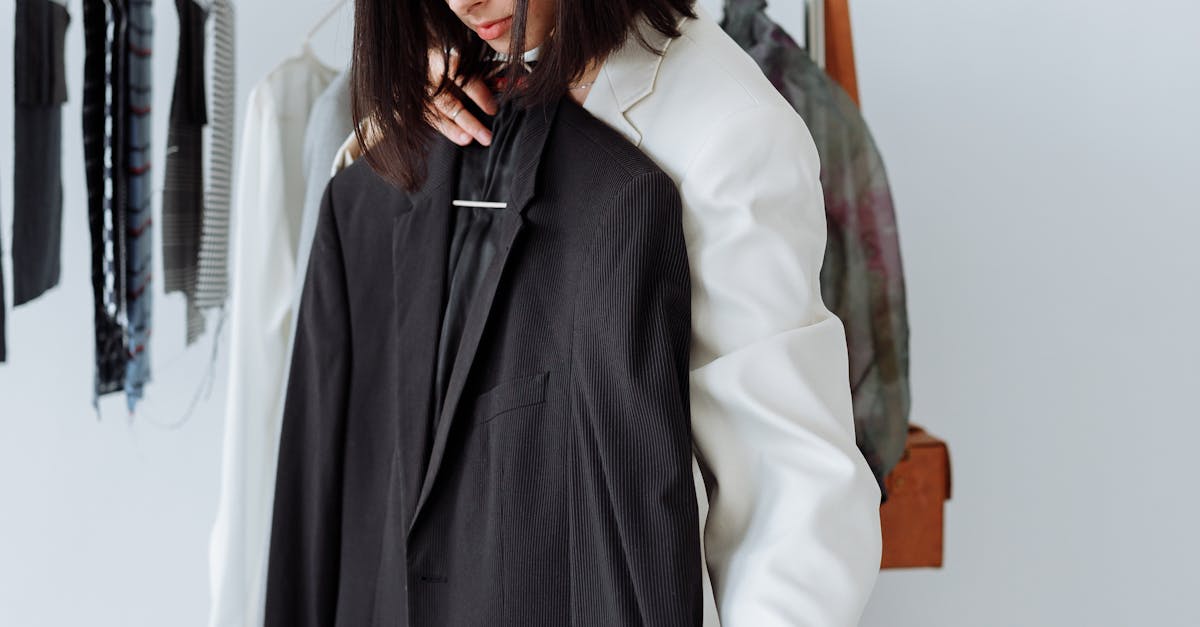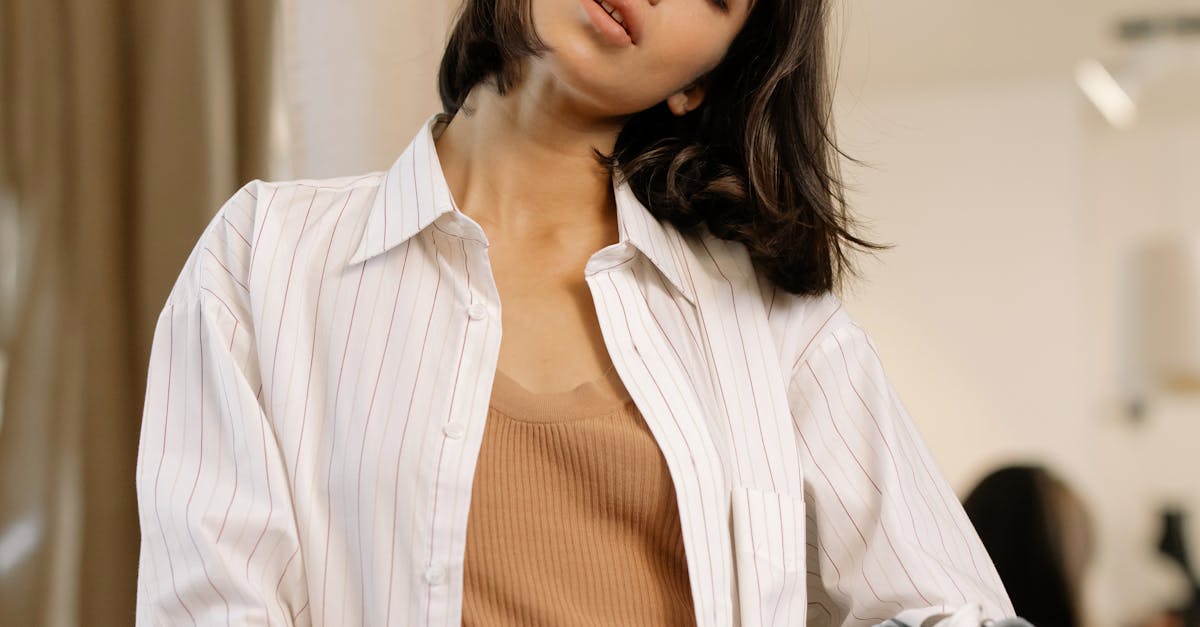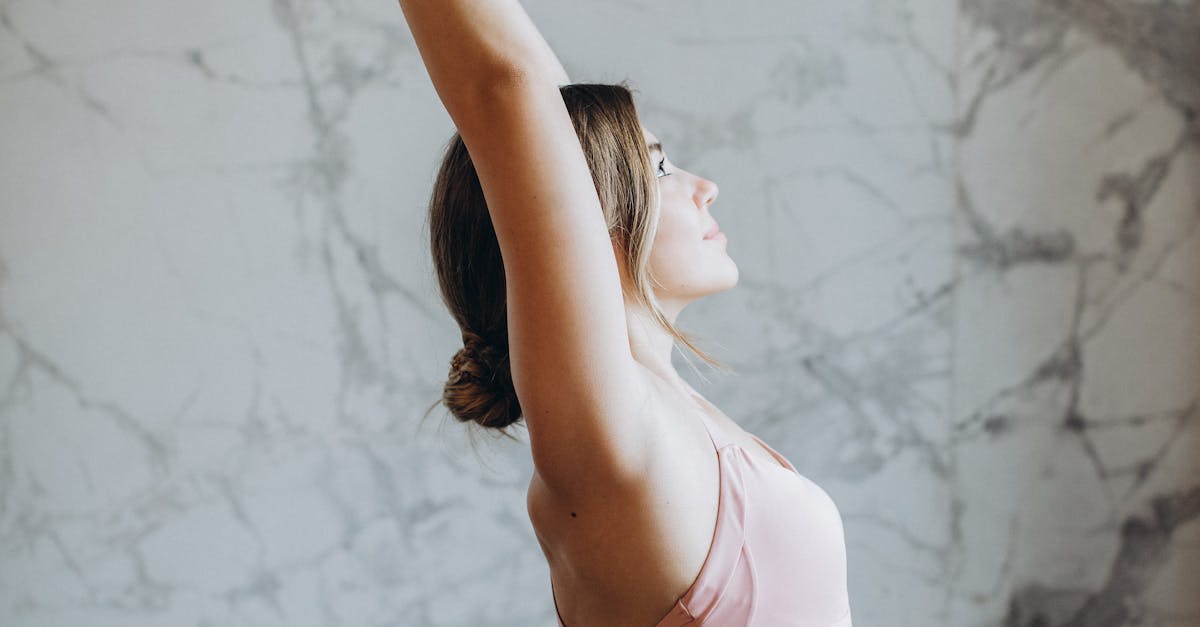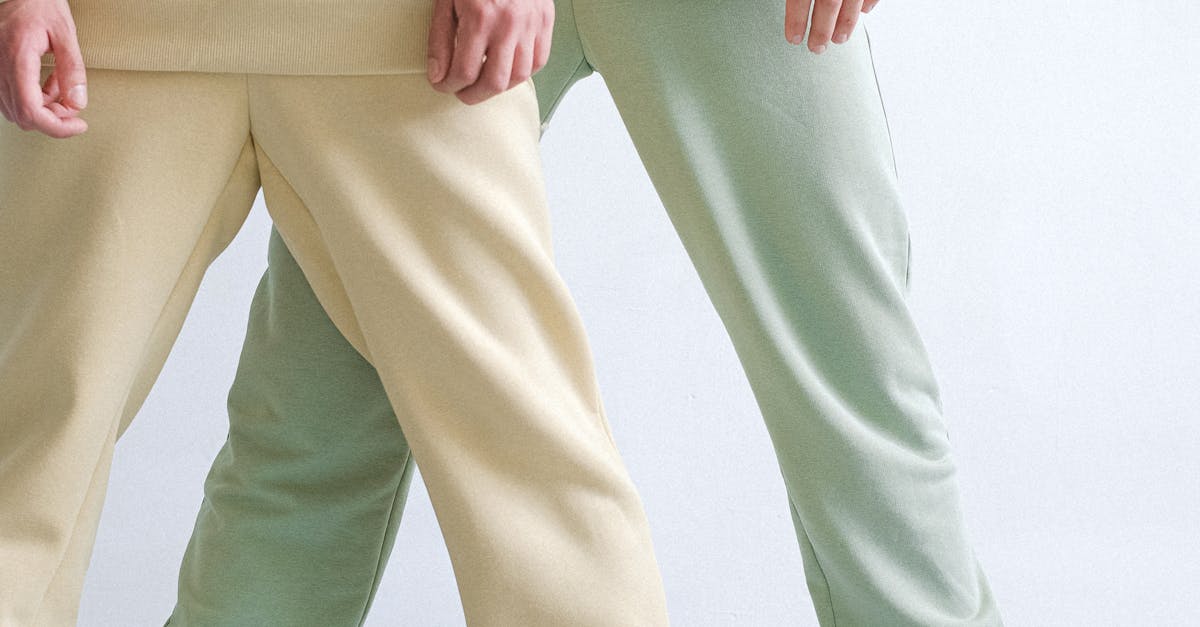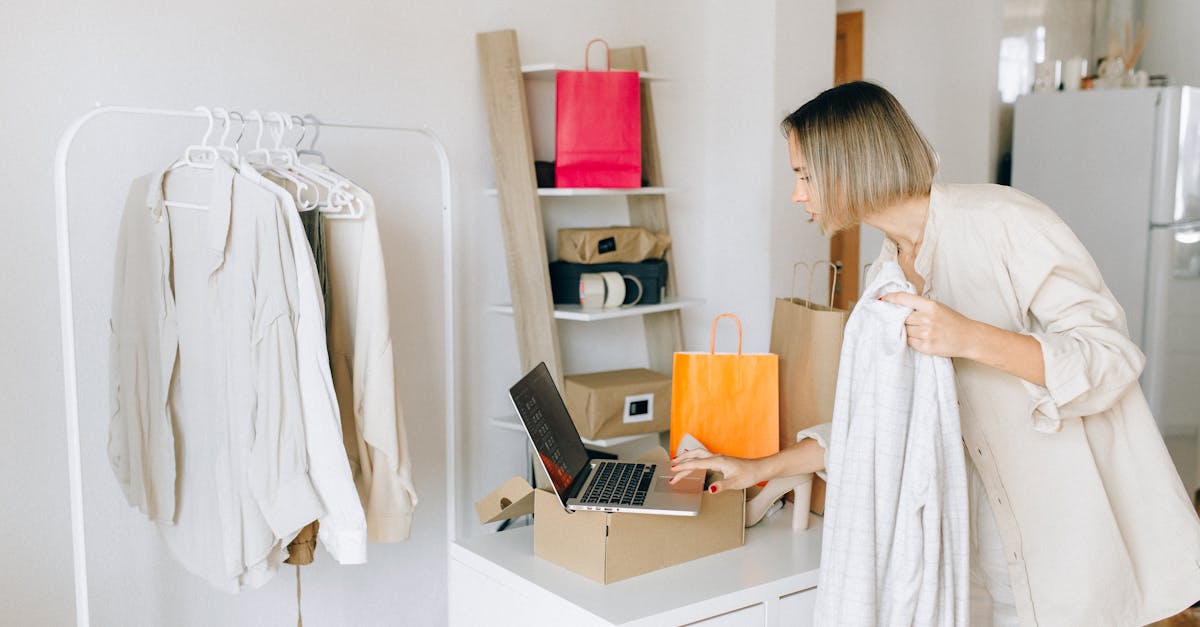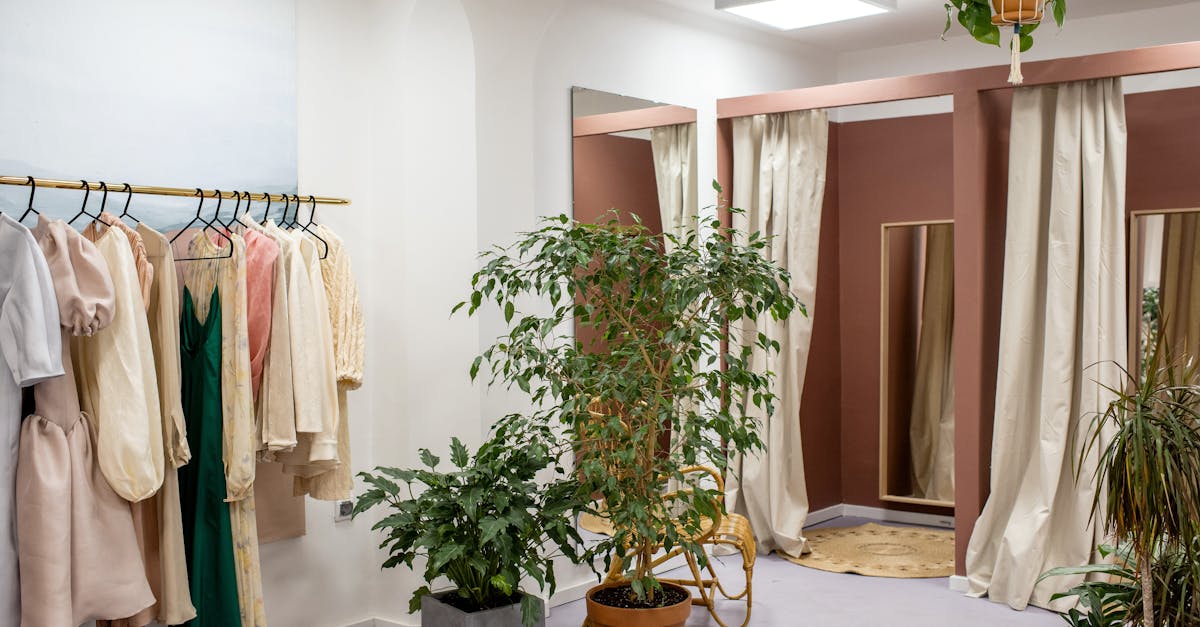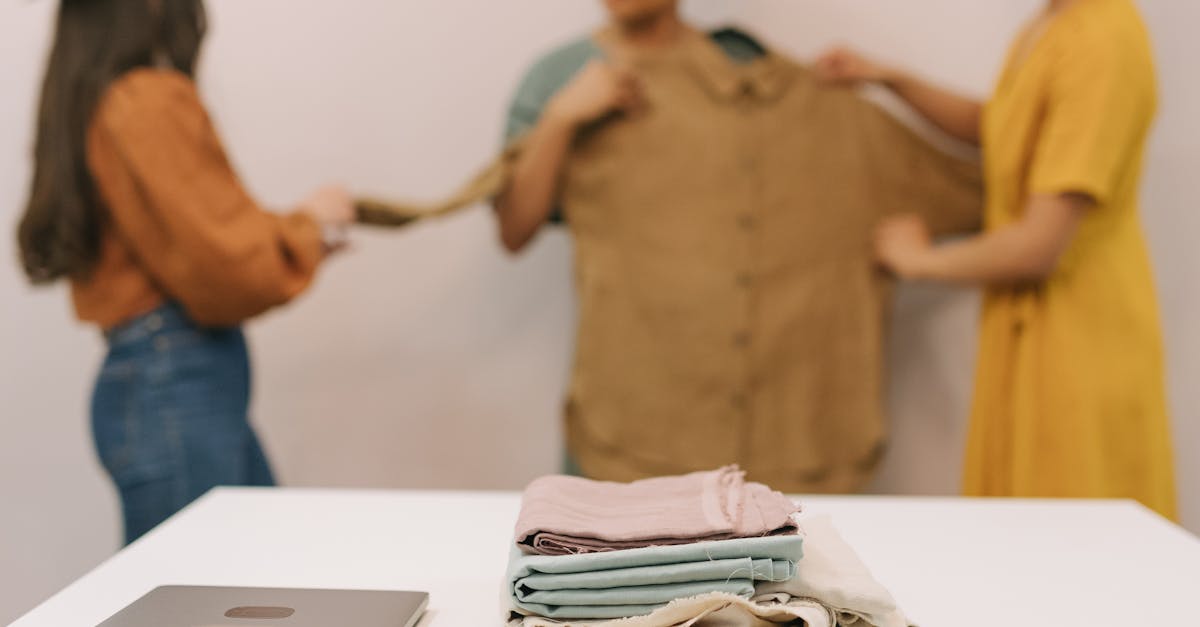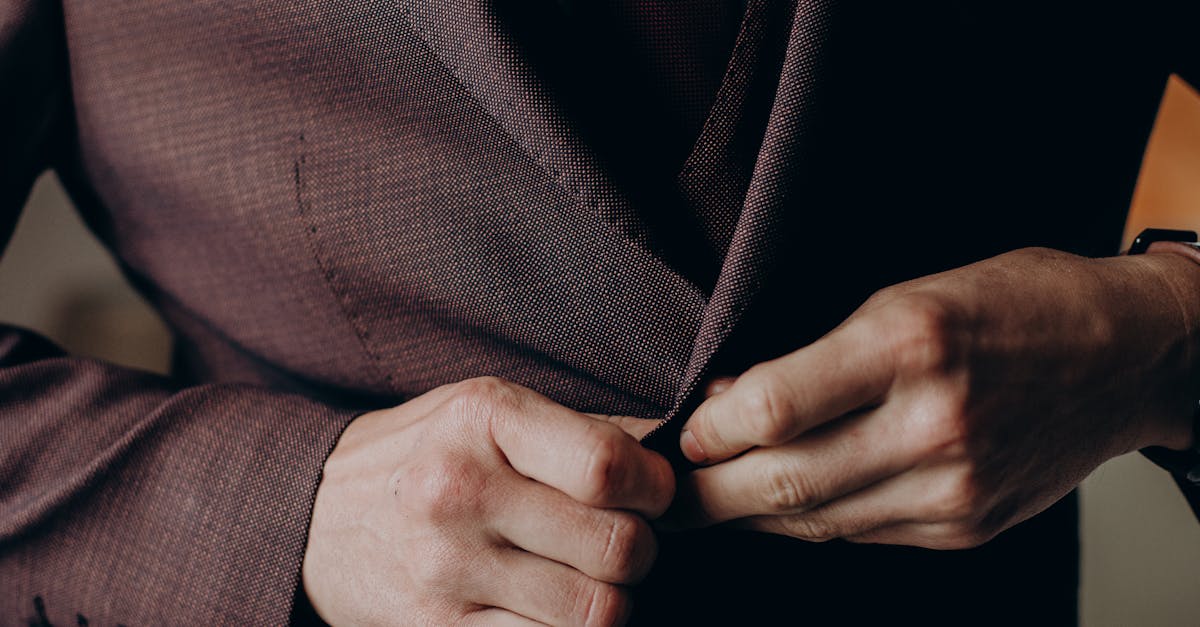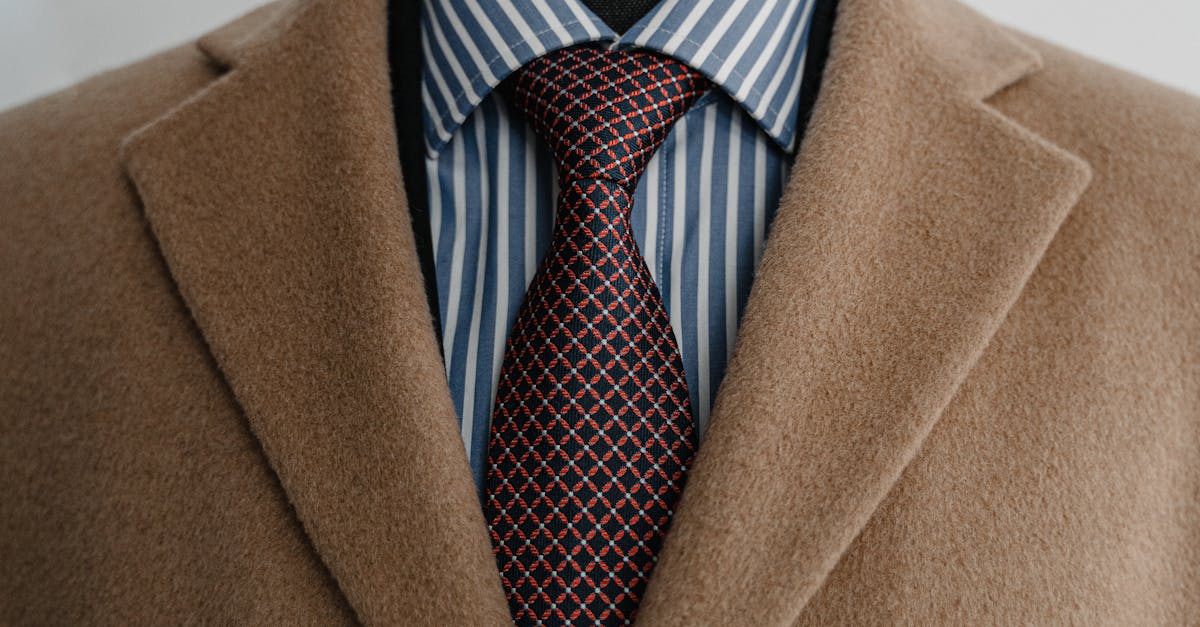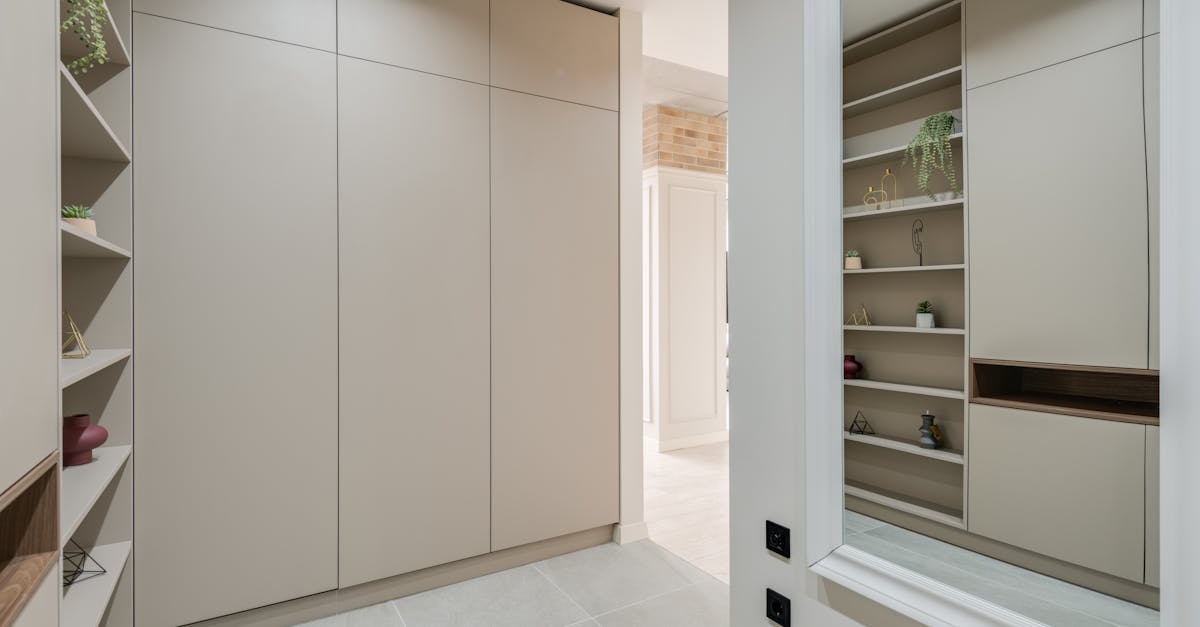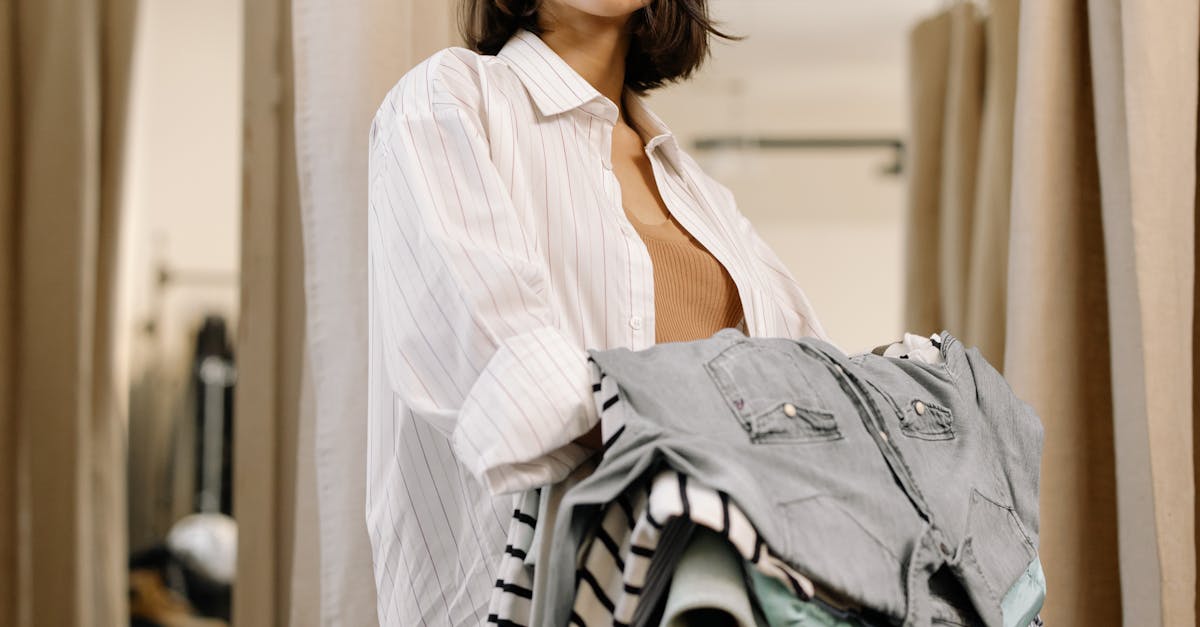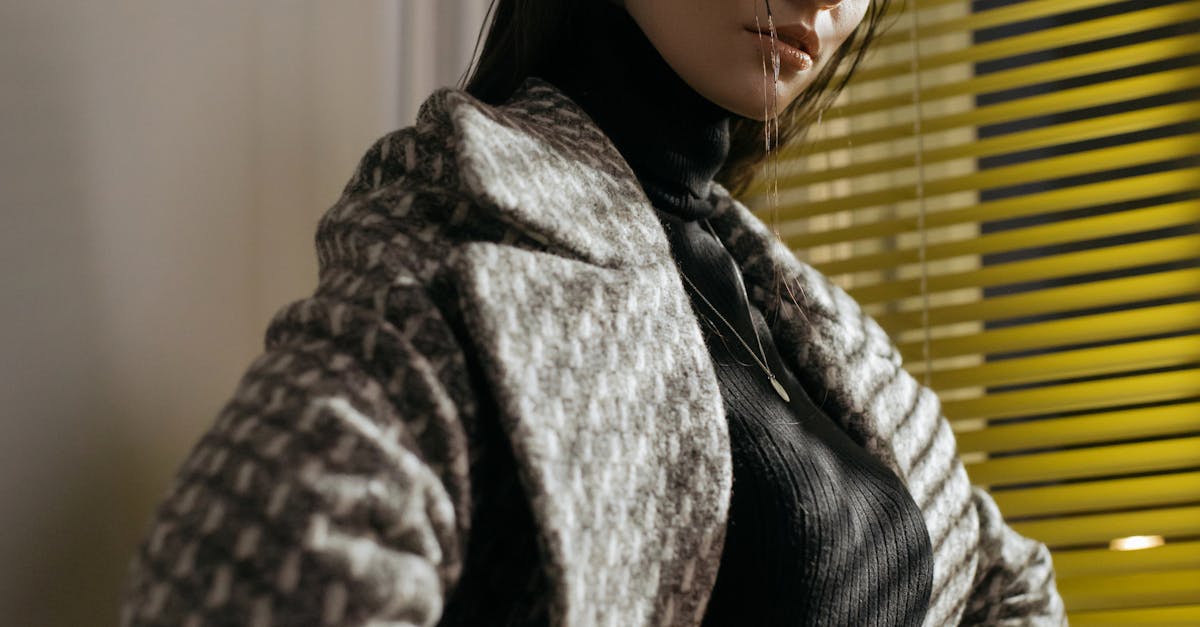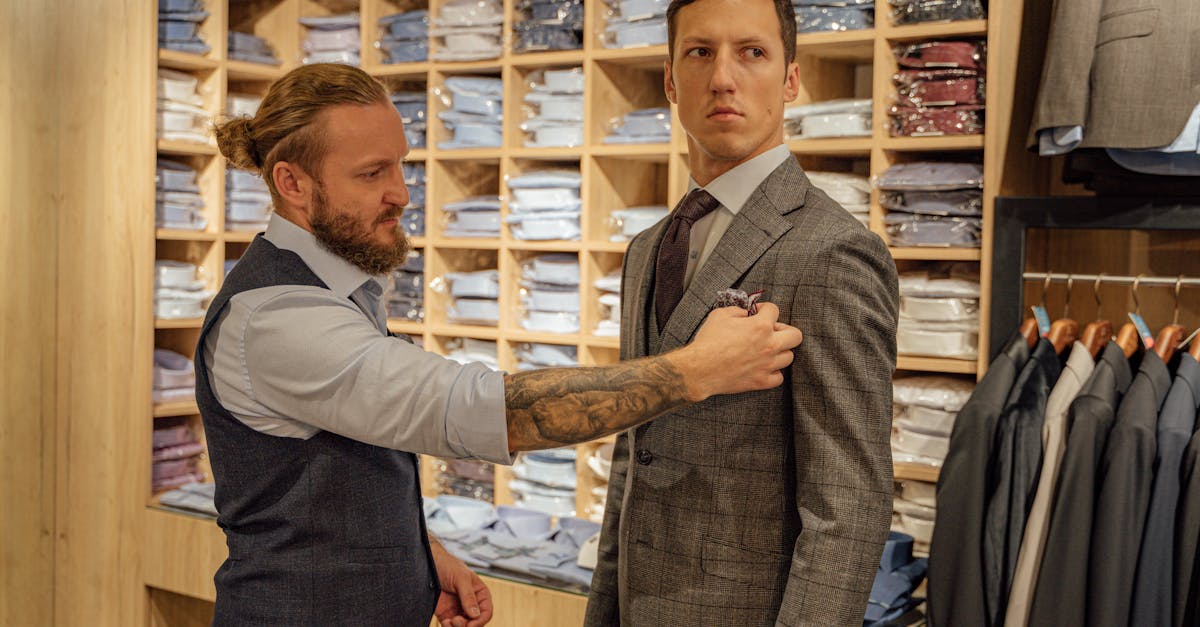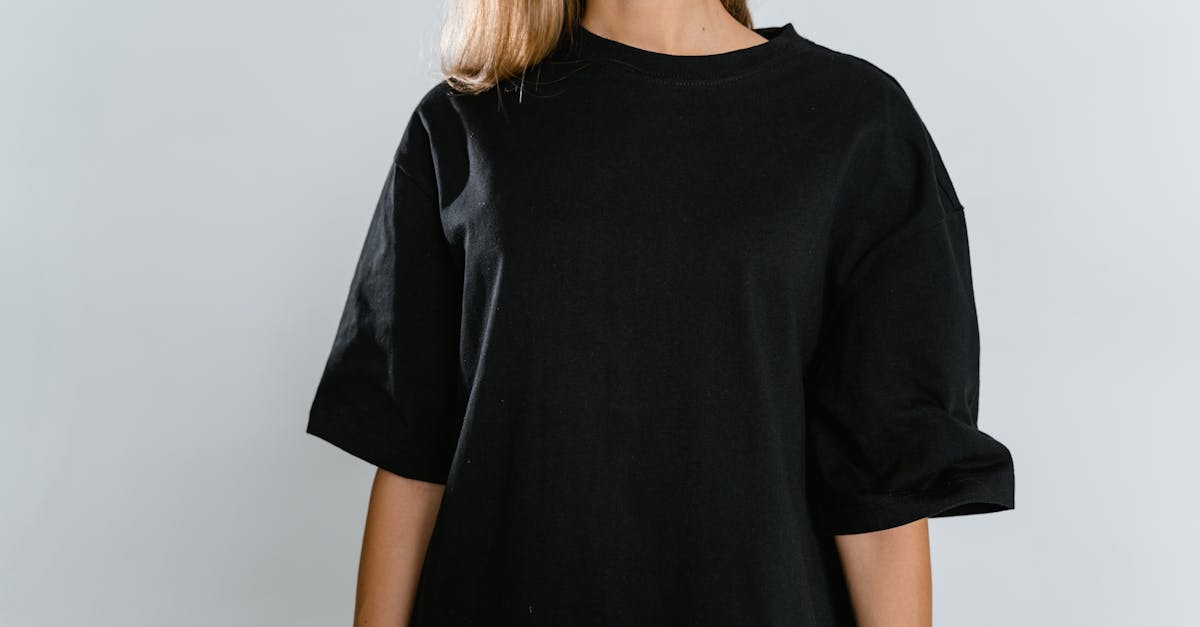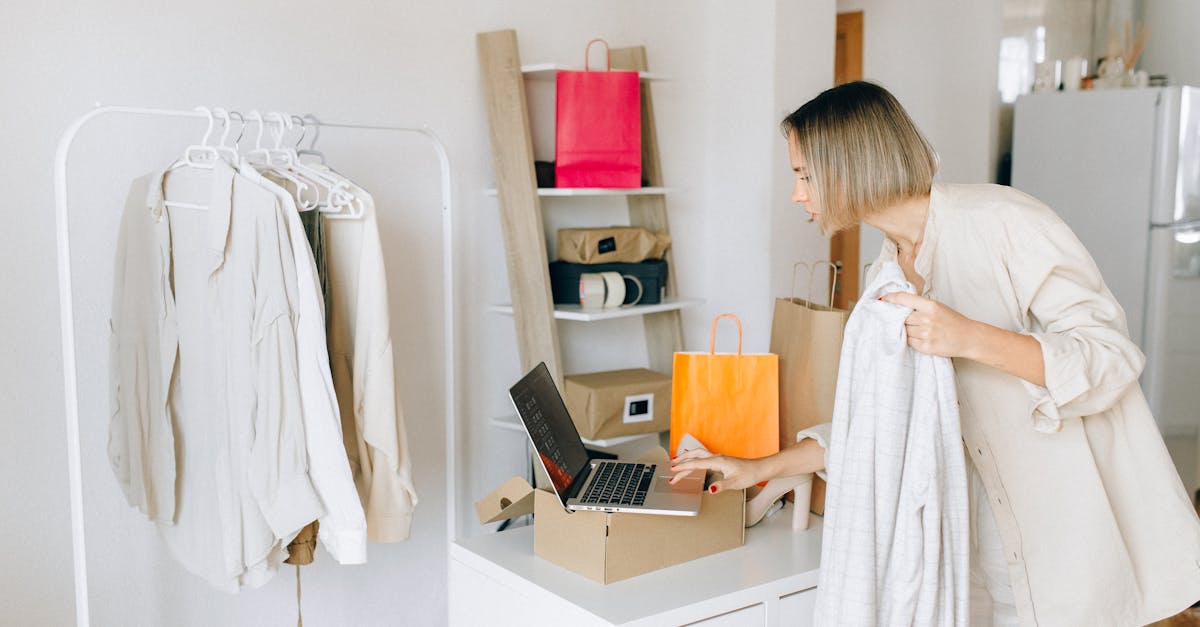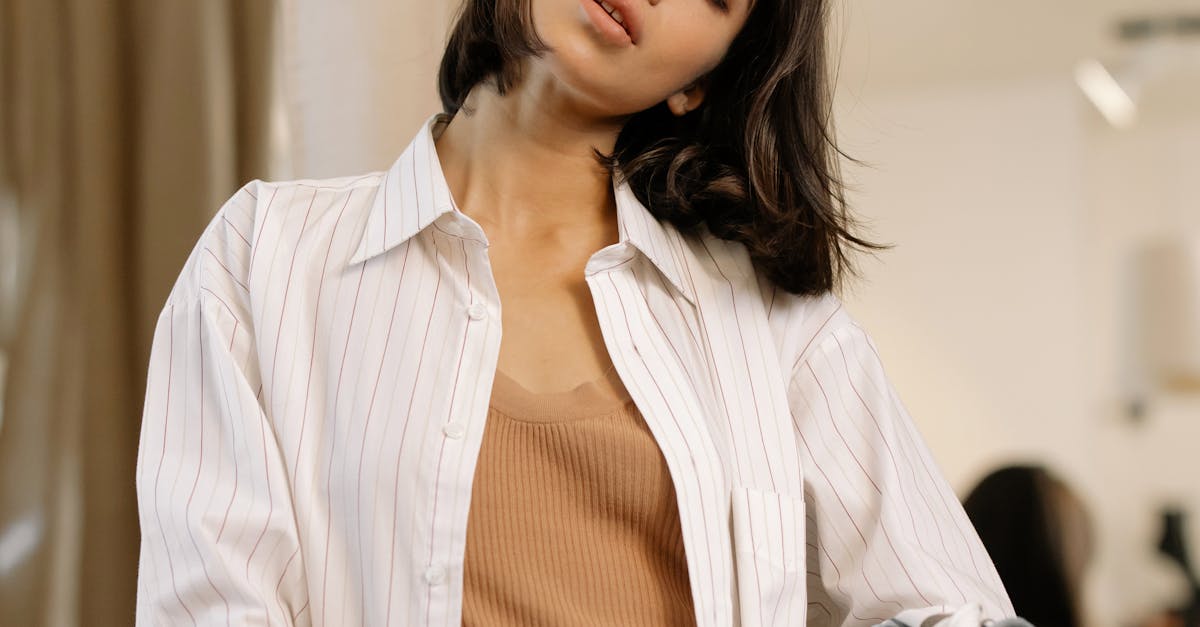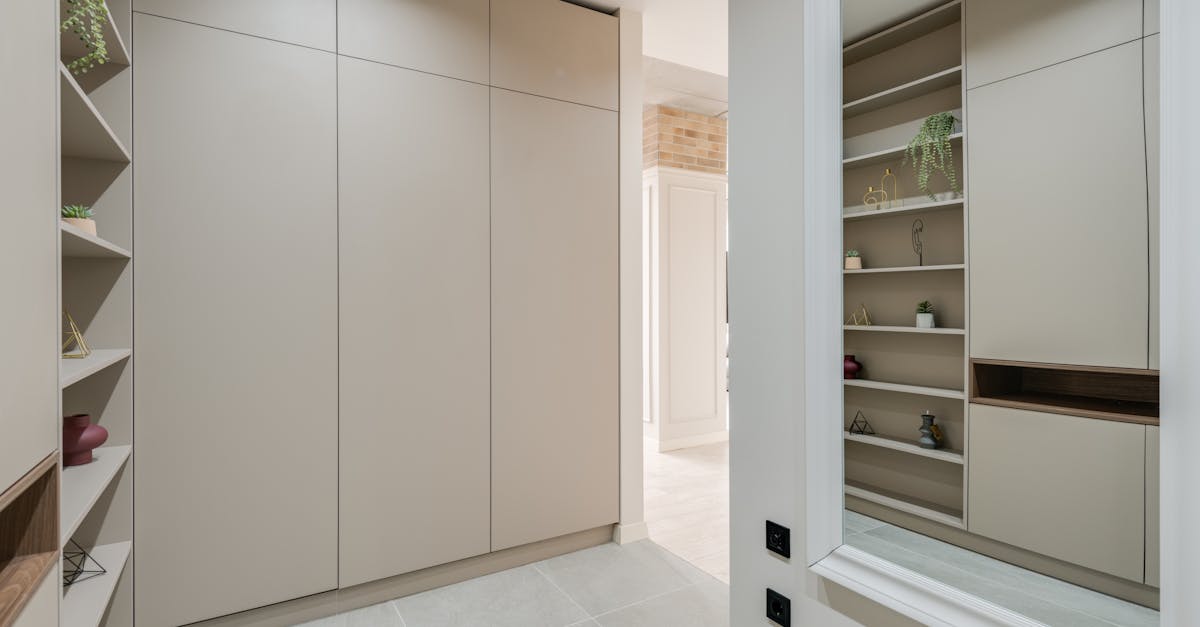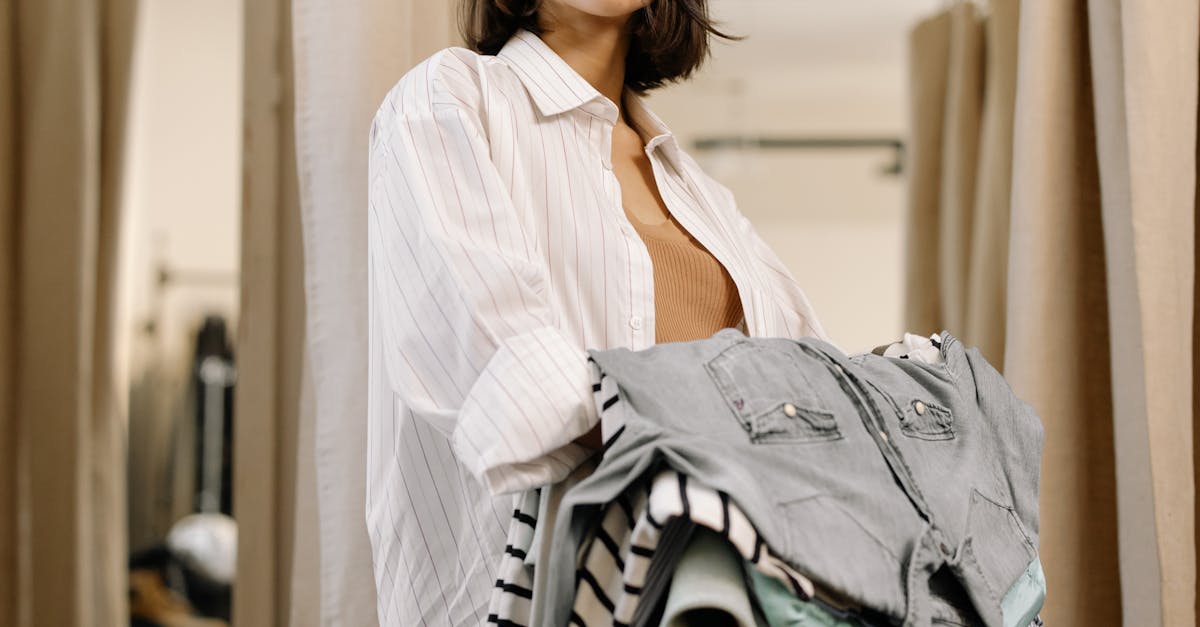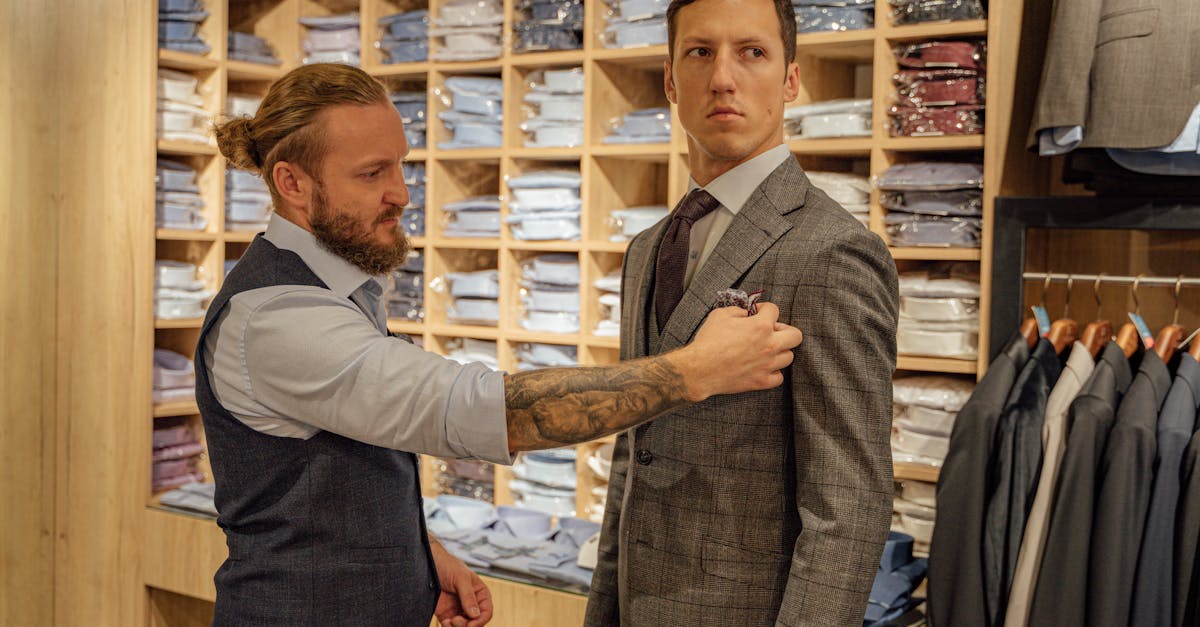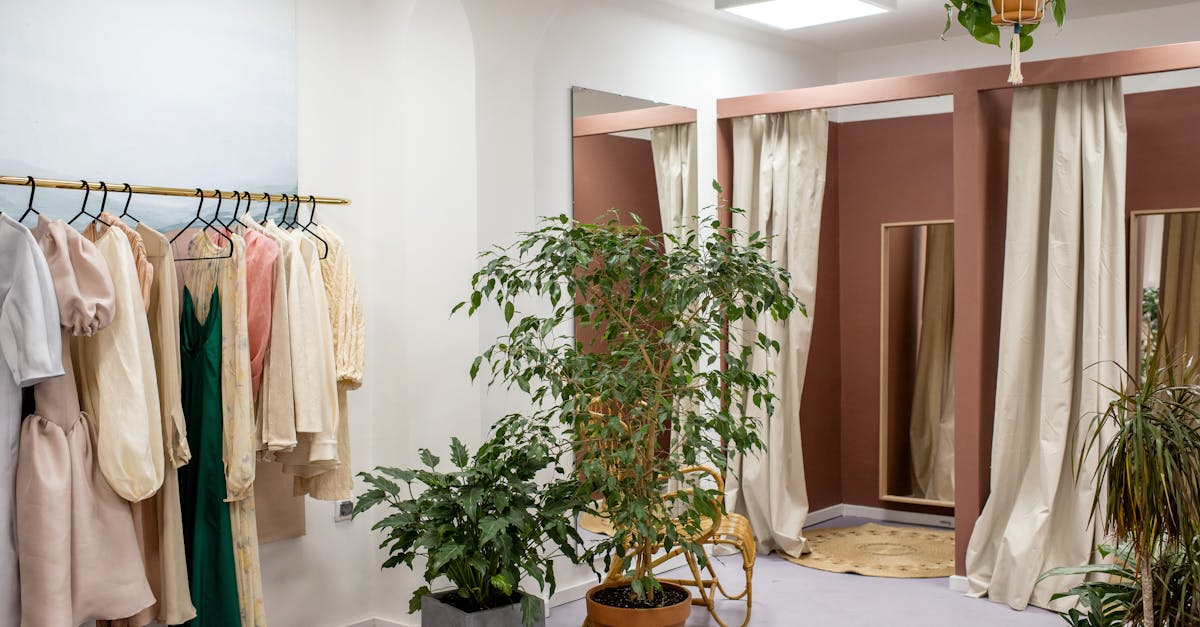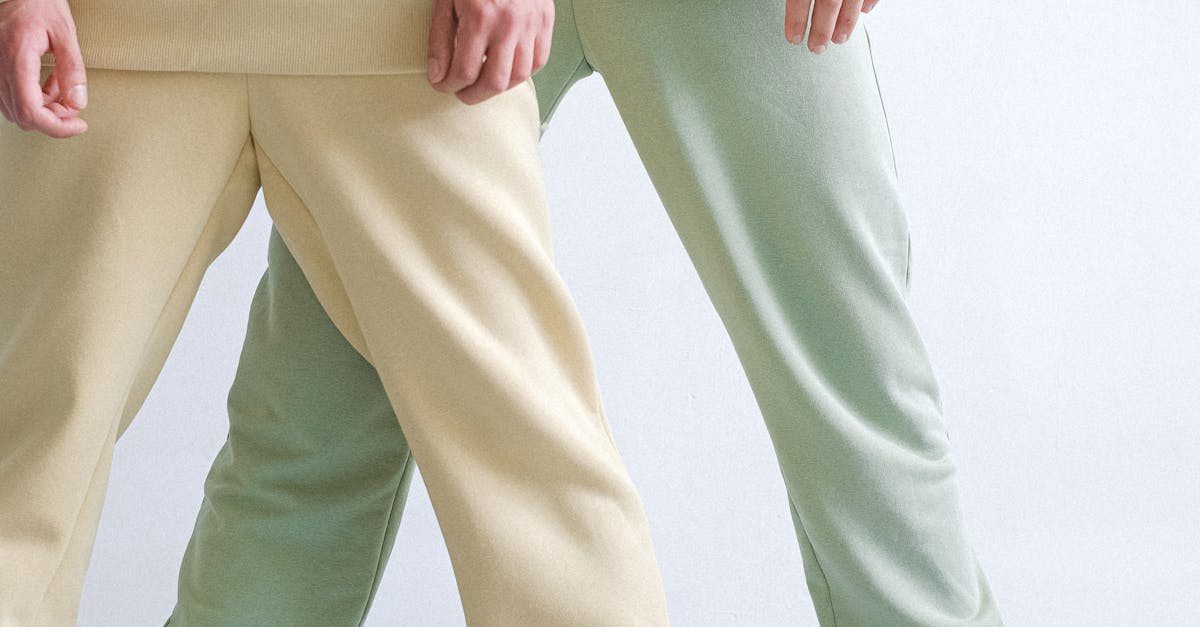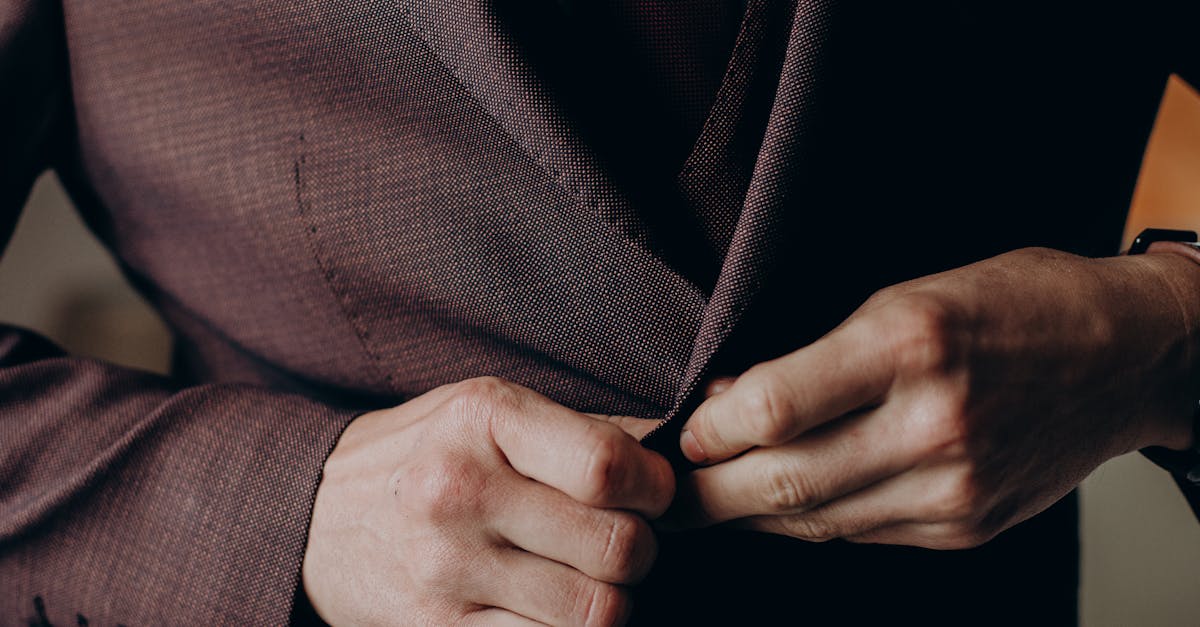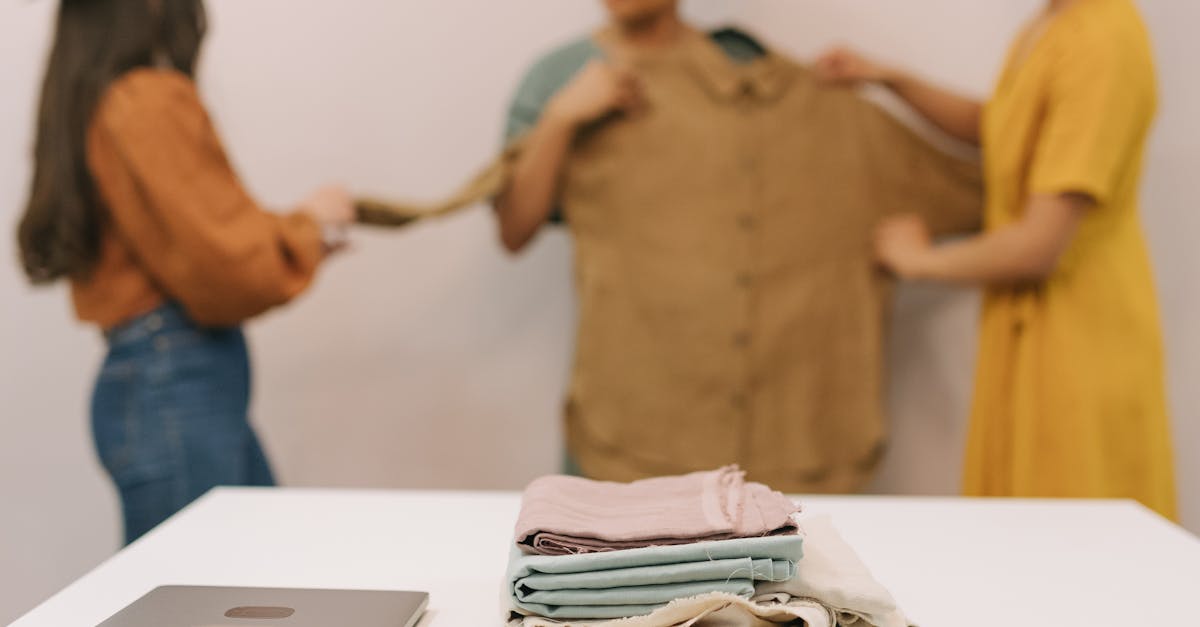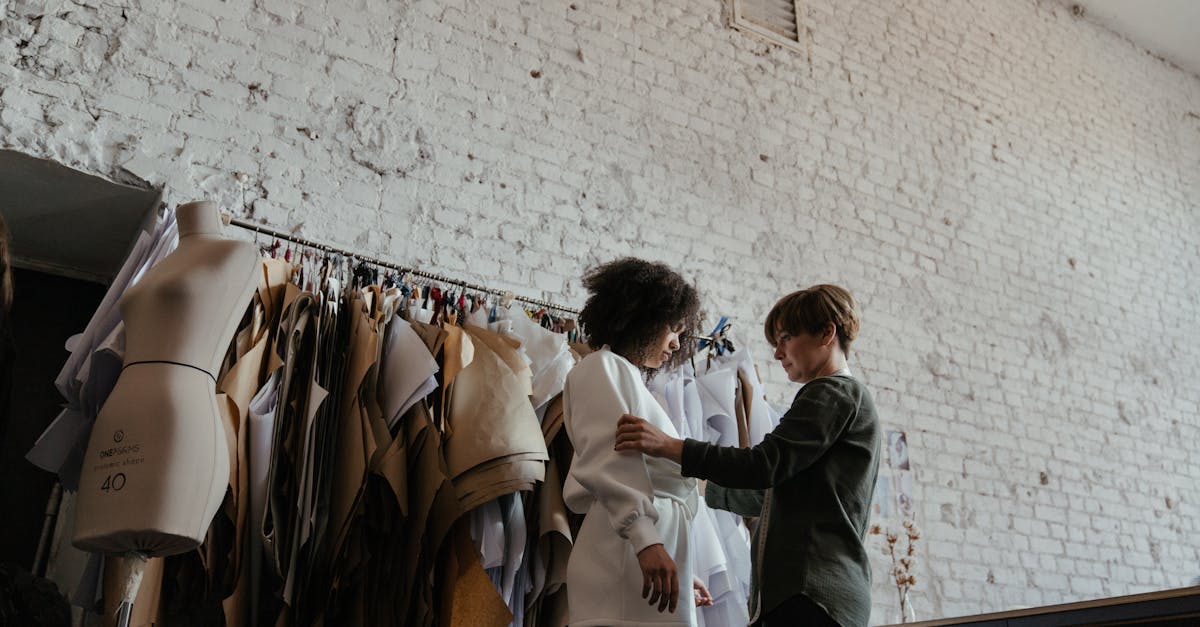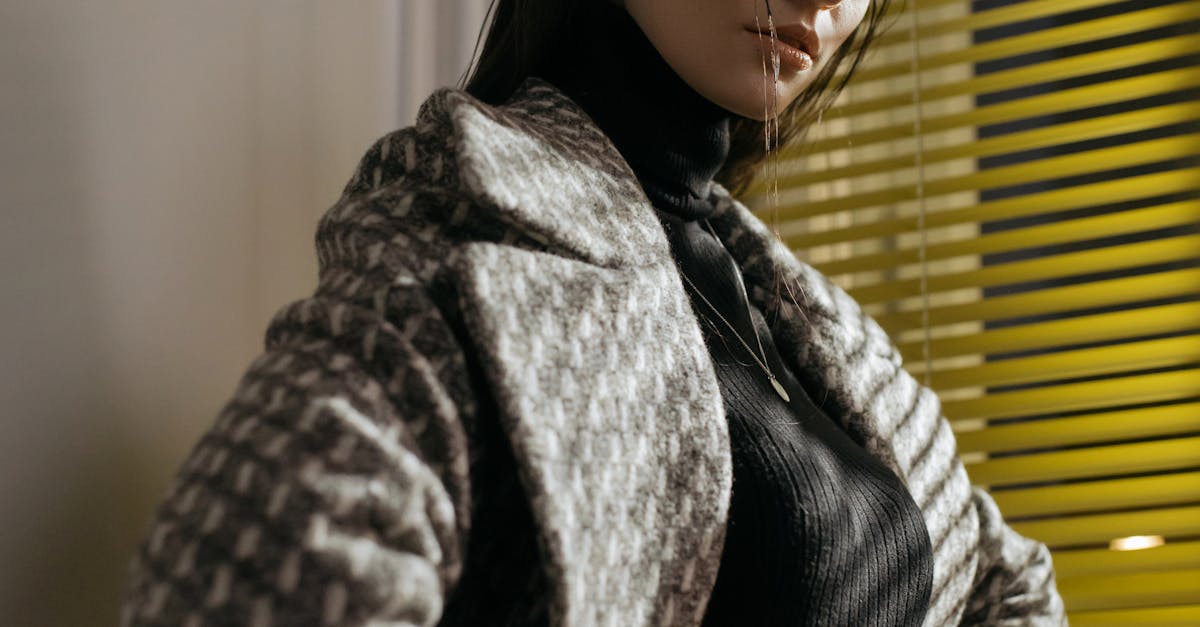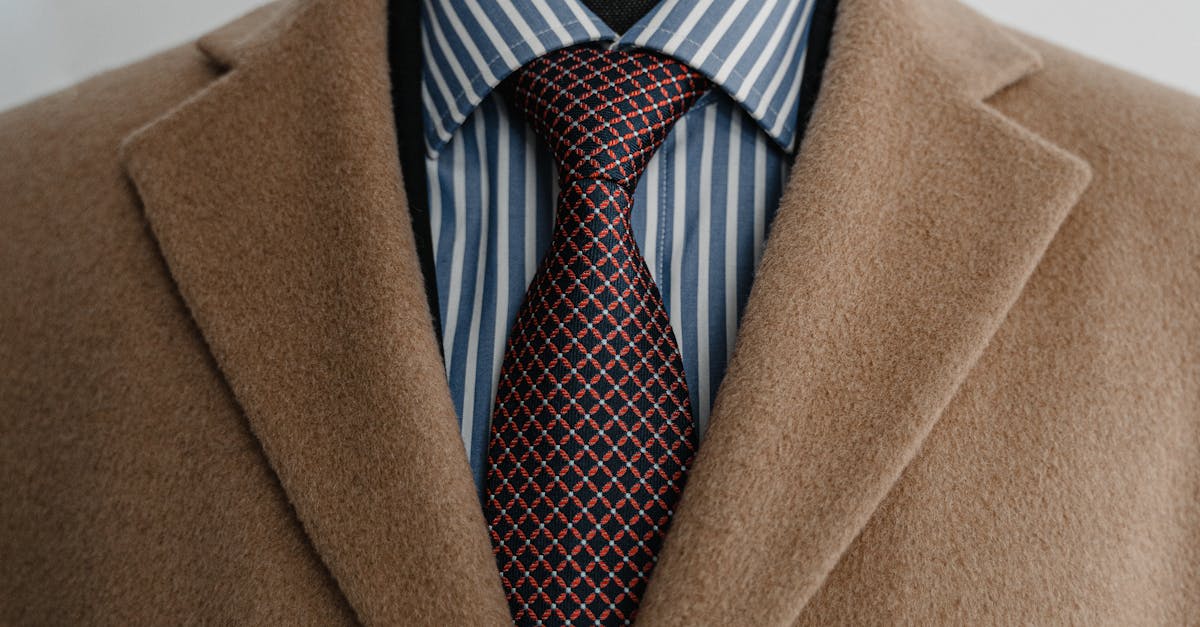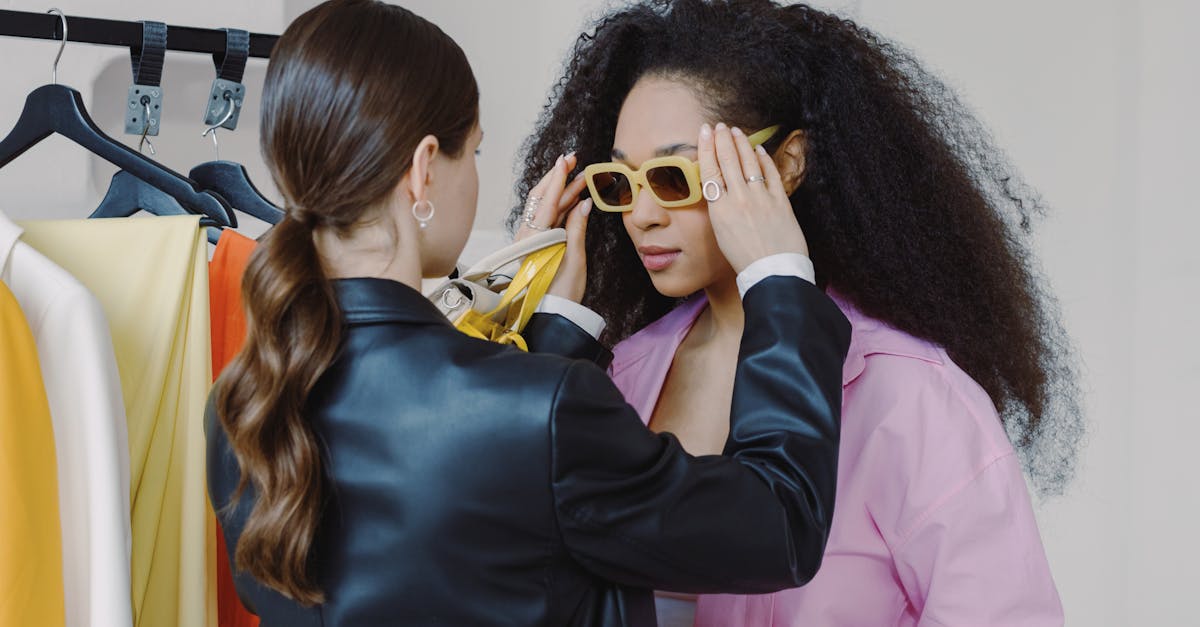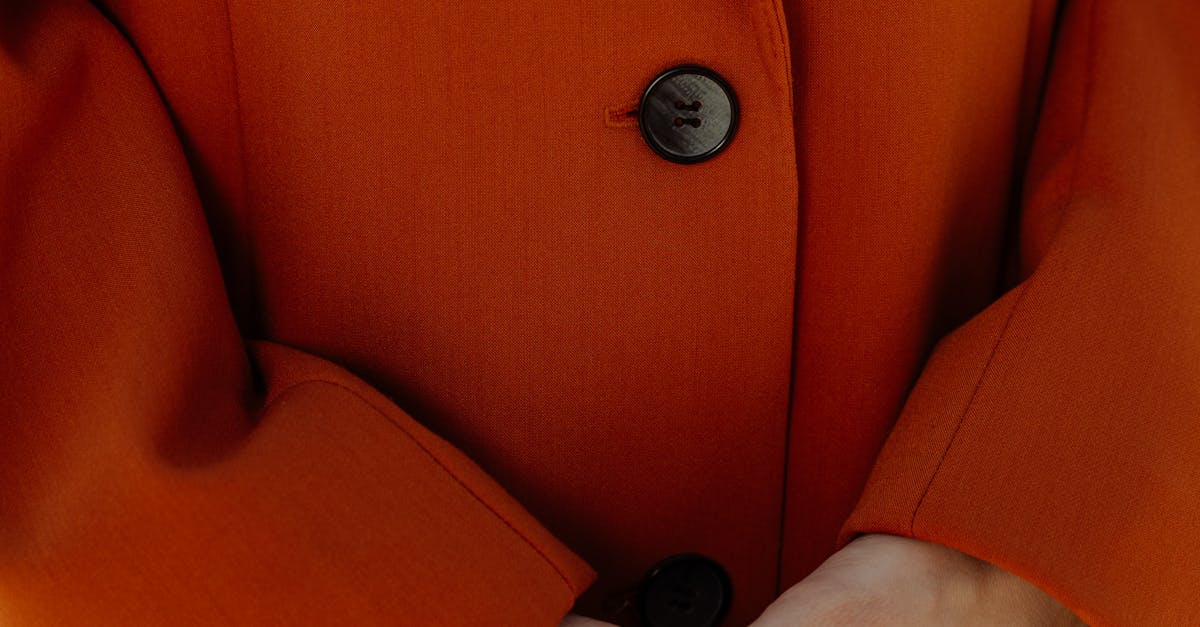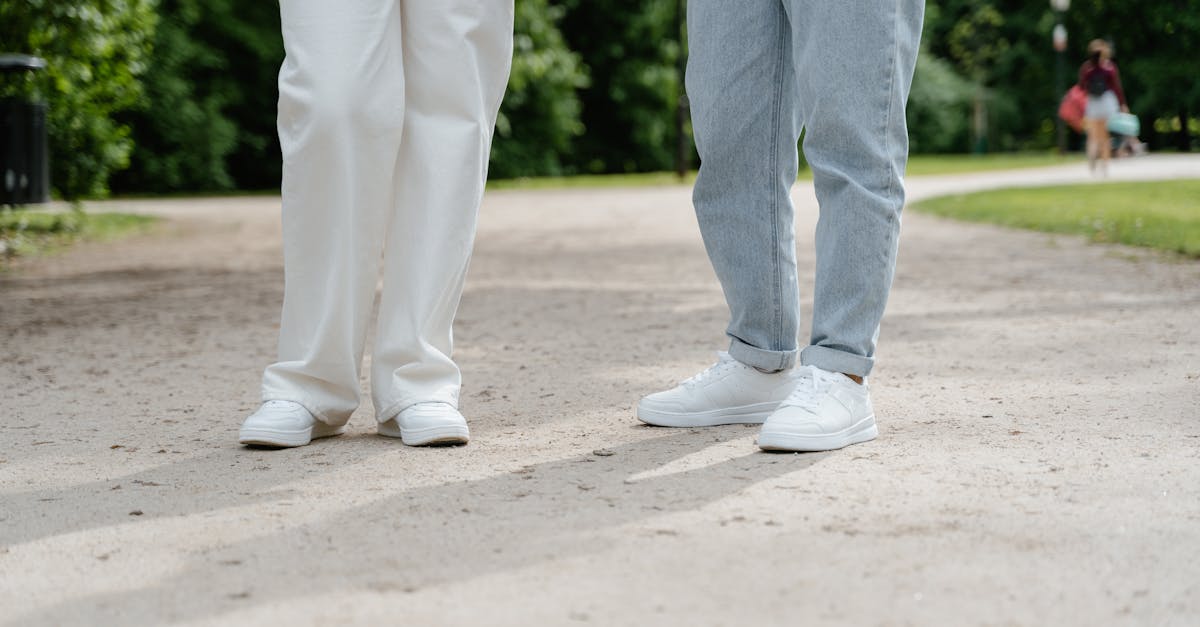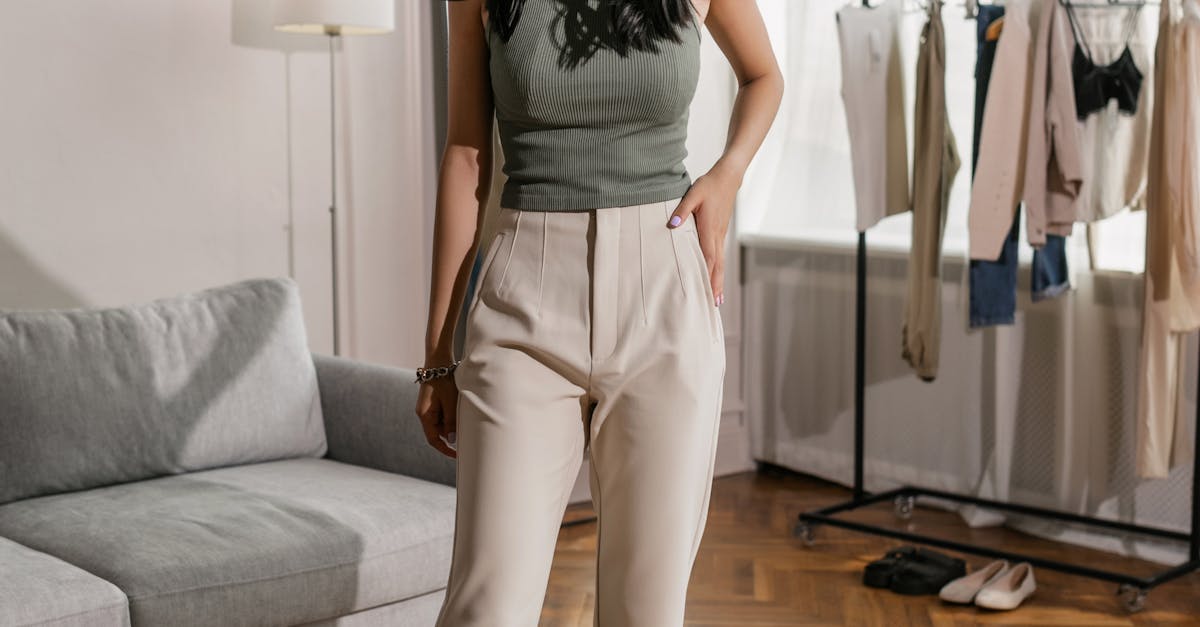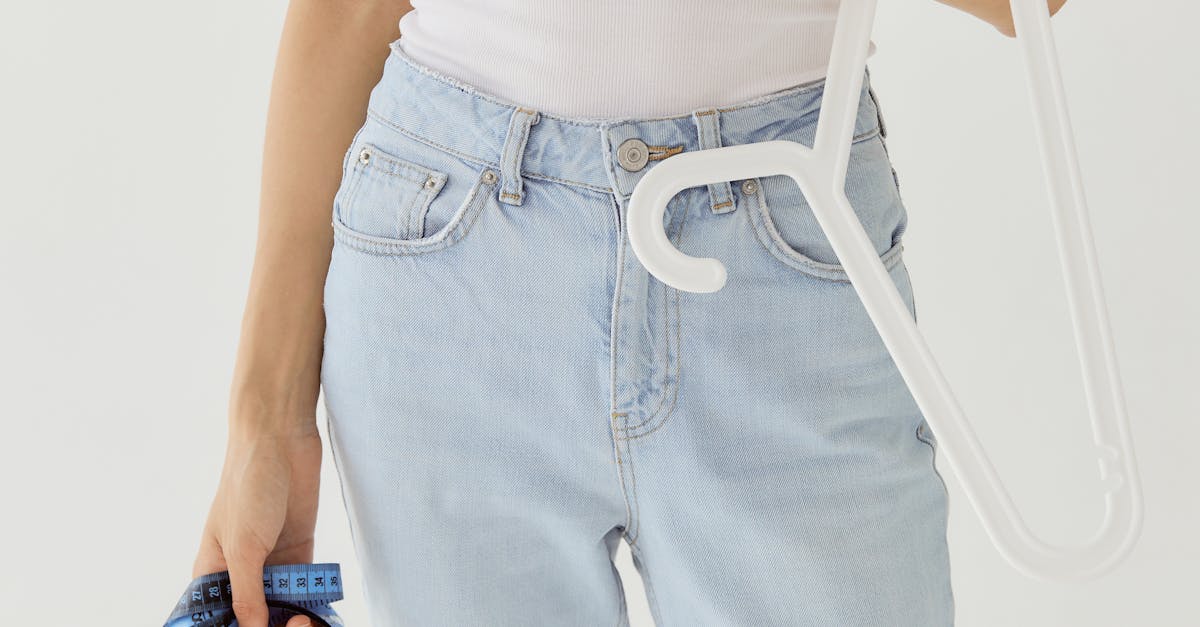
Table Of Contents
Seasonal Rotation Techniques
Fitted wardrobes offer an efficient solution for managing your clothing collection throughout the seasons. Begin by assessing your wardrobe space and categorizing items based on seasonal wear. At the start of each season, remove the clothing not suited for the current weather. This not only creates more room for the items you will wear but also keeps your wardrobe organized and easy to navigate.
After sorting, consider implementing a rotation system that allows for easy access to clothing as seasons shift. Store off-season pieces in clearly labeled bins or vacuum-sealed bags to protect them from dust and damage. Fitted wardrobes can also incorporate shelving or compartments specifically designed for off-season storage, ensuring a seamless transition between seasons and maximizing usable space. With such strategies in place, clothing management can become a less daunting task.
Strategies for Storing Off-Season Clothing
When it comes to storing off-season clothing, fitted wardrobes offer an excellent solution. One effective approach is to designate specific sections within the wardrobe for off-season items. This technique ensures that your currently used clothing remains easily accessible while relegating winter coats or summer dresses to the back. Utilizing dividers or labeled bins can further help organize these items, making it simple to retrieve what you need without rummaging through everything.
Another strategy involves using vacuum-sealed bags to maximize the space in your fitted wardrobes. This method not only protects clothing from dust and potential damage but also reduces the volume, allowing for more efficient storage. Rolling clothes instead of folding them can also save space. It’s a practical way to keep garments wrinkle-free while allowing more pieces to fit comfortably within the designated area of your wardrobe.
Implementing Smart Folding Techniques
Fitted wardrobes offer an excellent opportunity to maximize storage through smart folding techniques. By utilizing space efficiently, clothes can be organized neatly, making it easier to access items when needed. Techniques such as the Marie Kondo method can help create compact stacks that save room and allow visibility of each piece. Folding items vertically rather than stacking them on top of one another prevents unnecessary creases while enabling a more systematic display.
Different fabrics require varied folding methods to maintain their integrity. For instance, heavier materials like denim should be folded in a way that minimizes stress on the seams, while delicate fabrics like silk may benefit from gentle rolling to reduce wrinkles. Employing these tailored techniques within fitted wardrobes not only conserves space but also preserves the quality of your garments. Adopting these practices can transform storage challenges into organized solutions, enhancing both accessibility and garment care.
Space-Saving Methods for Different Fabrics
Fitted wardrobes offer an excellent solution for maximizing space, especially when it comes to managing various fabric types. Different materials, such as cotton, wool, and silk, require specific handling to prevent damage and save space. For lightweight fabrics like cotton, consider using slim hangers to maintain their shape while maximizing vertical space. Storing heavier fabrics, such as wool, can be accomplished with sturdy hangers or by folding them neatly to avoid stretching.
Silk and delicate fabrics benefit from special attention. Wrapping these items in breathable garment bags or acid-free tissue paper helps protect them from snagging and fading. Utilizing compartment organizers within fitted wardrobes can also keep these delicate items separated and identifiable. Don’t forget that even smaller fabric accessories can be stored vertically to make the most of your fitted wardrobe space. A little planning goes a long way in keeping everything accessible and in great condition.
Incorporating Accessories Effectively
Accessories can transform an outfit and increase the overall appeal of your fitted wardrobe. Incorporating a variety of accessories such as belts, scarves, and jewelry can maximize your style options and enhance your personal aesthetic. Utilizing designated compartments or boxes within fitted wardrobes helps keep these items organized and easily accessible. Consider using small bins or drawer dividers to separate different types of accessories, making it simpler to find them when needed.
Effective storage techniques also extend to how you display your accessories. Wall-mounted hooks or racks can serve as visually appealing storage solutions for necklaces and bags, freeing up space in fitted wardrobes while adding creativity to the wardrobe design. For shoes, consider clear or labeled boxes to maintain visibility and ease of access. This arrangement not only optimizes space but also allows for quick outfit coordination.
Storage Ideas for Shoes and Bags
Maximizing space in fitted wardrobes often involves clever storage solutions for shoes and bags. One effective method is to use vertical space by adding shelves or bookcases that can accommodate multiple pairs of shoes. Clear containers or drawer organizers can help maintain order while ensuring easy access. Consider placing frequently used items at eye level, saving lower shelves for seasonal or less-used footwear.
When it comes to bags, utilizing hooks on the inside of wardrobe doors can provide an efficient way to display and store them without causing clutter. Adding a hanging organizer or dedicated shelf for handbags allows for easy viewing and keeps them from becoming misshapen. Fitted wardrobes offer ample opportunities for customization, making it easier to create a functional yet stylish storage solution for all your accessories.
FAQS
What are seasonal rotation techniques for my wardrobe?
Seasonal rotation techniques involve organizing and switching out clothing based on the time of year to optimize space and accessibility. This means keeping only current season items in easy-to-reach areas while storing off-season clothing in less accessible spots.
How can I effectively store off-season clothing?
Effective storage for off-season clothing includes using vacuum-sealed bags, bins, or under-bed storage. Ensure items are clean and dry before packing them away to prevent odors and damage.
What are some smart folding techniques to save space in my wardrobe?
Smart folding techniques include vertical folding, rolling clothes, and using file folding methods, which allow for more efficient use of shelf space and easier visibility of your items.
Are there specific space-saving methods for different fabric types?
Yes, delicate fabrics like silk or lace should be stored flat to prevent creasing, while sturdier fabrics like denim or cotton can be rolled or stacked. Always check fabric care labels for specific storage recommendations.
How can I incorporate accessories into my fitted wardrobe without taking up too much space?
You can incorporate accessories by using hooks, trays, or organizers that hang on the inside of your wardrobe doors. Additionally, consider using drawer dividers for smaller items like belts, scarves, and jewelry to keep them organized and easily accessible.
